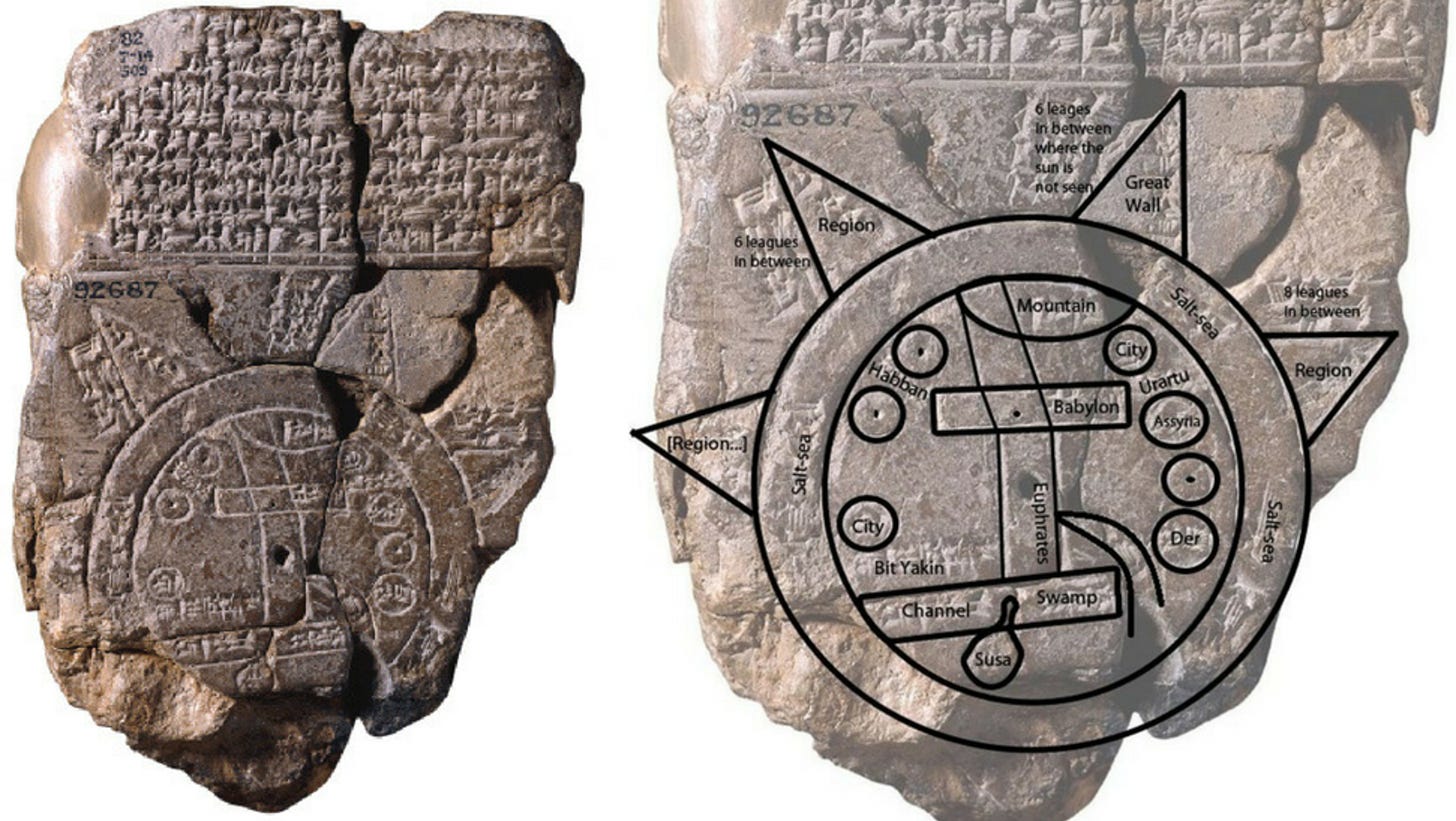Christian Education: God's Pedagogy (Part 2)
3) “…learning and skill…”
Interestingly, it seems the writer of Daniel is as interested in how Daniel and his companions learned as what they learned. The writer does not record that God simply gives them data, nor that God merely gives them facts; rather, the writer records that God gives Daniel and his companions “learning and skill” in being able to receive all that He is teaching them.
This feels very pedagogical, as it speaks to how God’s initiation and generosity come into play through cognitive (learning) and experiential (skill) means.[1] Though we still have not arrived at the actual what of God’s educational content here, the writer deems the how of what Daniel and his companions will discover as important. Content is coming, he seems to say, but God has already gifted the learning aptitude, facilities, and styles to process it.[2]
Though we are somewhat of a sovereignty disadvantage in terms of knowing our students’ initial learning and skill sets, we can evaluate their cognitive and experiential realities and establish in them a healthy pedagogy on a daily basis so they might better grasp how to learn what we teach. This involves lesson planning on our part, as well as consistency in the communication of that lesson plan so that students feel secure because they know what’s expected of them, when, and why.
It involves meta-teaching – helping students step outside the content itself by teaching them how to best interact with and learn the content – as well as intentional debrief and periodic evaluation in which students are given the opportunity to think about and communicate how they feel they are learning and what suggestions they might have for us teaching them. Such self-advocacy training can be enormously helpful to students in taking responsibility for their education, particularly if they feel safe in responding honestly to their teacher and our attempts at helping them learn not just what to think, but how to think.
4) “…in all literature and wisdom…”
Here (finally) is the what of God’s program of study: “all literature and wisdom,” in particular that of the surrounding Babylonian/Chaldean cultures. Interestingly, God does not limit Daniel and his friends to only learning and understanding the ways of Israelite life; while these are still of utmost importance in terms of identity and obedience, God gives the youths success in learning the culture and customs of the pagan civilization in which they have been exiled and forced to live. Theirs is not to be a dichotomized education, but a diverse one of curricula from the best (and even worst) the Babylonian/Chaldean cultures have to offer.
Pedagogically speaking, what we see here is God’s granting of freedom to use all sorts of original source material; that is, curricula need not always be “Christian-tested, Christian-approved” if we have done the “learning and skill” pre-work of teaching from and about a Christian worldview. While discernment is always necessary, material selection need not stem from fear of different cultures, but out of respect for them as human expression instead.[3]
In the classroom, this means teaching from a perspective and with principles that affirm God’s common grace in the world. It means having the mindset that to engage culture, we have to encounter culture, and while we shouldn’t be indiscriminate in what we expose students to (there is a place for content- and age-appropriateness), neither should we be fearful that the Christian worldview is limited in what it can explain of culture. This confidence needs to exude from our life experience and academic training, as well as be bathed in prayer for wisdom and discernment in the selection, presentation, and discussion of controversial material.
[1] See “Aspects of Learning,” pages 100-112 and “Avenues of Learning,” pages 113-128 in Teaching for Reconciliation by Ronald T. Habermas.
[2] See “Learning Styles” by Marlene LeFever, pages 130-139 in Christian Education, edited by Michael J. Anthony.
[3] In the words of Dr. Robert Peterson with regard to cultural reading: “Chew the meat, spit out the bones.”
Picture: This Babylonian clay tablet is the first map of the world. Circles were used to denote city centers, and this method has been adopted by cartographers ever since.




